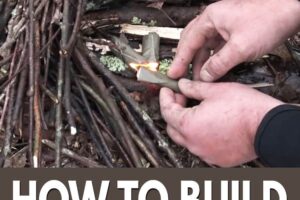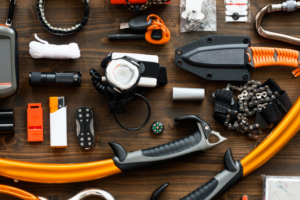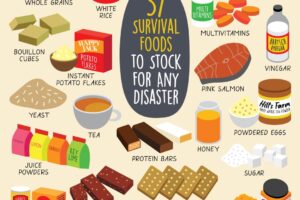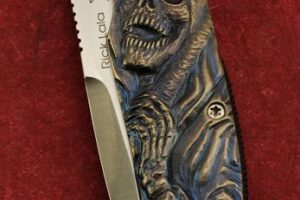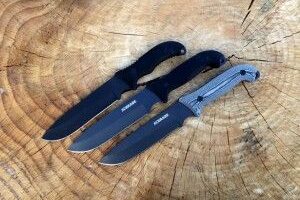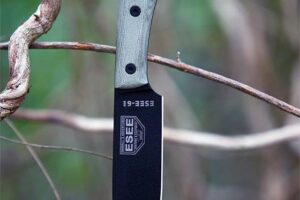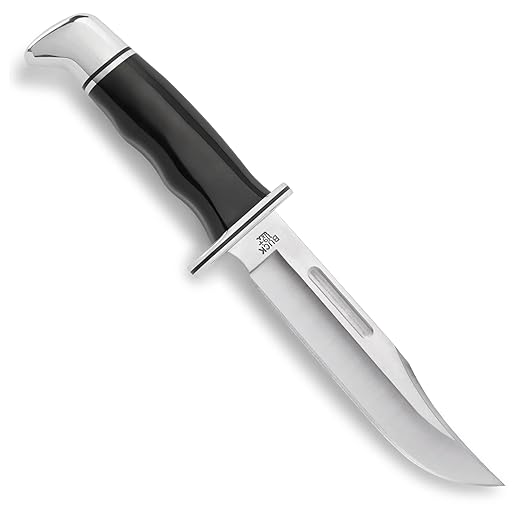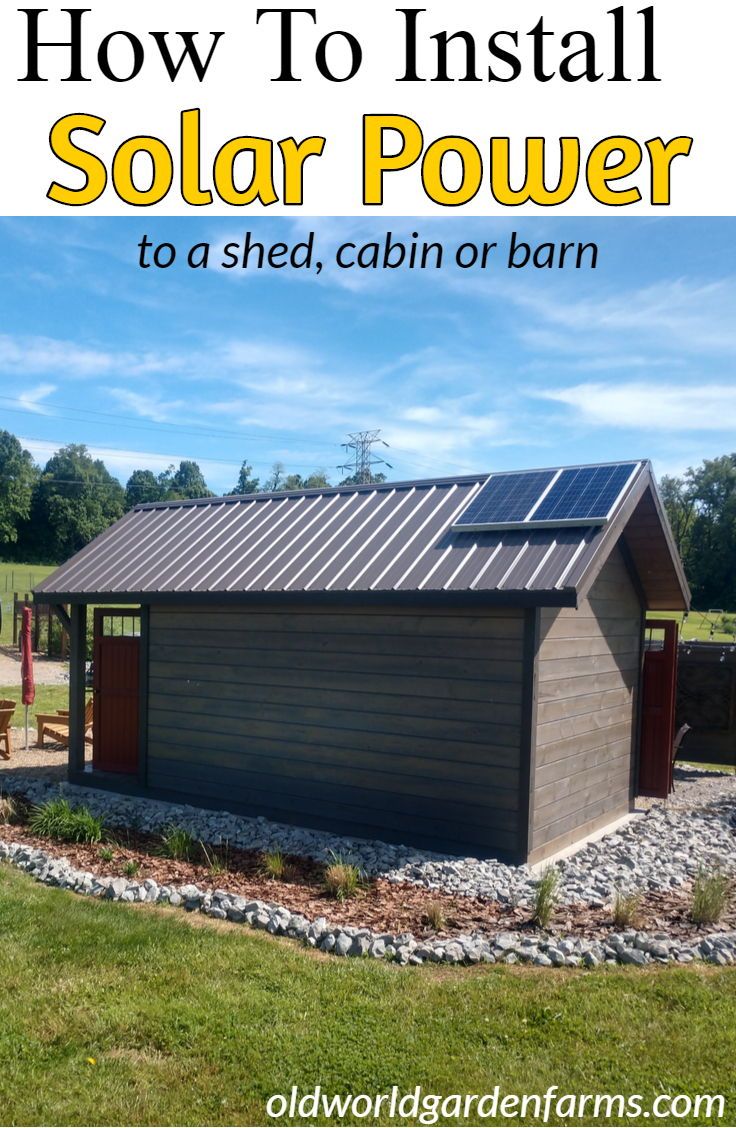The step-by-step guide “How to select the right survival knife?” is a comprehensive resource that aims to help individuals choose the best survival knife for their needs.
In the world of prepping and survival, having the right gear is crucial, and a survival knife is one of the most important tools to have. It can be used for various tasks such as cutting, chopping, hunting, self-defense, and more.
This guide breaks down the selection process into easy-to-follow steps, ensuring that readers can make an informed decision when choosing a survival knife. It covers factors like blade material, blade design, handle material, size, and additional features to consider.
By following this guide, readers will have a better understanding of what to look for in a survival knife and will be able to select one that suits their specific needs and preferences. It is a valuable resource for anyone interested in preparing for emergencies or venturing into the great outdoors.
Top-Selling Prepper Gear Essentials
Understanding the Purpose
Before selecting a survival knife, it is crucial to understand its purpose. Different survival situations call for specific functionalities in a knife, so it is essential to consider your specific needs. First, determine whether you require a knife for hunting, self-defense, or general outdoor activities.
If you plan on using the knife for hunting, you will need a blade that is sharp and strong enough to efficiently process game. Look for a knife that has a drop-point or skinning blade design, as these are ideal for field dressing and skinning animals. Additionally, a gut hook feature can be useful for opening up the animal without puncturing the intestines.
On the other hand, if you are looking for a knife for self-defense purposes, you will want a knife that is easily accessible and provides a secure grip. Consider a knife with a fixed blade and a handle that allows for a firm hold. A tanto or dagger-style blade can be effective for self-defense due to their piercing capabilities. It is also important to ensure the knife comes with a sheath that enables quick and easy deployment.
For general outdoor activities, versatility and durability are key. Look for a knife that has a strong and corrosion-resistant blade material, such as stainless steel or high carbon steel. A drop-point or clip-point blade design is versatile and can handle various tasks, such as cutting rope, preparing food, or building shelters. Additionally, a knife with a comfortable handle and a full tang (where the blade extends the entire length of the handle) will provide the necessary strength and stability for outdoor use.
Understanding the purpose of a survival knife will help you select the right tool for your specific needs. By considering whether you need a knife for hunting, self-defense, or general outdoor activities, you can make an informed decision and choose a knife that will be reliable and effective in any survival situation.
Blade Type
Choose the right blade type based on your needs. When selecting a blade type, consider the specific tasks you will be performing with the knife. There are various blade types available, each designed for different purposes. For general purposes, a drop point blade is a versatile option. This blade type has a strong, curved edge that is ideal for slicing and cutting through various materials. It is commonly used for everyday tasks such as opening boxes, preparing food, or camping activities. An example of a drop point blade is the classic Swiss Army Knife, which features a drop point blade along with other useful tools.
If you require a blade for piercing or self-defense purposes, a tanto blade is a better choice. Tanto blades have a strong, thick point that provides excellent piercing capability. They are characterized by a straight edge that meets the spine at an angle, creating a chisel-like appearance. This design makes tanto blades ideal for tasks that require penetrating hard materials or self-defense scenarios. An example of a knife with a tanto blade is the Cold Steel Recon 1, well-known for its strength and durability. It is commonly used by military personnel and law enforcement officers.
When selecting a blade type, it is important to consider the specific tasks you will be performing. By choosing the right blade type, you can ensure that your knife is optimized for its intended use. Whether you need a versatile drop point blade or a strong tanto blade, understanding the characteristics of each blade type will help you make an informed decision.
Blade Material
Choose a blade material that provides both durability and corrosion resistance for your needs. Two common options are stainless steel and carbon steel. Stainless steel blades are resistant to rust, making them ideal for outdoor use or in wet conditions. However, they may not retain their sharpness as well as carbon steel blades. On the other hand, carbon steel blades offer exceptional sharpness and edge retention. However, they require more maintenance to prevent rust and corrosion.
To select the right blade material, consider the intended use of your tool or knife. If you will be using it in humid or wet environments, stainless steel is a suitable choice as it resists rust. For tasks requiring a long-lasting sharp edge, carbon steel is preferred due to its excellent edge retention. Keep in mind that carbon steel blades will require regular cleaning, drying, and oiling to prevent rust. Stainless steel blades, while less prone to rust, may need more frequent sharpening to maintain their cutting performance. By considering these factors, you can make an informed decision on which blade material will best suit your needs.
Handle Design
Consider the handle design for comfort and grip. When choosing a survival knife, it is crucial to pay attention to the handle design. Look for an ergonomic handle that provides a secure and comfortable grip, especially in wet conditions. Opt for materials like rubber or textured synthetic materials, as they offer better grip and prevent the knife from slipping out of your hand. These materials create friction against your skin, ensuring a firm hold even when your hands are wet or sweaty. A good handle design will allow you to maintain control over the knife and reduce the risk of accidents while using it.
To ensure a comfortable and secure grip, hold the knife in your hand and check if it feels natural and balanced. The handle should fit comfortably in your palm, with no sharp edges or uncomfortable pressure points. It should also have a shape that prevents your hand from slipping forward onto the blade. Look for handles that have finger grooves or indentations, as they provide added control and prevent your hand from sliding. Additionally, consider the handle length and thickness, as these factors can affect how the knife feels in your hand. Overall, prioritize comfort and grip when selecting a survival knife handle to ensure safe and efficient use in any situation.
Additional Features
Consider any additional features that may be important for your specific needs. When choosing a tool or a knife, there are several additional features that you might want to take into account to ensure it meets your requirements. One such feature is a full tang construction, which provides added strength and durability. A full tang means that the blade extends all the way through the handle, making the knife more solid and less likely to break under pressure. For example, if you plan on using the knife for heavy-duty tasks like chopping wood or prying open objects, a full tang construction is essential to prevent the blade from snapping.
Another important feature to consider is a pommel, especially if you need a versatile tool for outdoor activities or emergency situations. A pommel is a sturdy knob or extension at the base of the handle that can be used for hammering or breaking glass. This feature can be particularly useful when camping or hiking, as it allows you to drive tent stakes into the ground or break a car window in case of an emergency. For instance, imagine you are on a camping trip and need to secure your tent in rocky terrain; having a knife with a pommel enables you to use it as a small hammer to drive the stakes into the ground without damaging the blade.
Lastly, consider whether a serrated edge would be beneficial for your specific needs. A serrated edge consists of small, jagged teeth along the blade, which enhances its cutting ability when dealing with tough materials like rope or fibrous substances. This feature can be handy in various scenarios, such as cutting through thick branches while hiking or slicing through seatbelts in emergency situations. To illustrate, imagine you are involved in a car accident and need to quickly free yourself or others from their seatbelts; a knife with a serrated edge would allow you to swiftly cut through the tough fabric and help rescue those trapped in the vehicle.
Remember, when considering additional features, it’s important to think about your specific needs and how they align with the intended use of the tool or knife. Taking these factors into account will help you choose the right equipment to meet your requirements effectively.
Choosing the Perfect Blade
In conclusion, selecting the right survival knife requires careful consideration of several factors. First and foremost, it is important to understand the purpose for which you will be using the knife. Whether it’s for camping, hunting, or emergency situations, knowing your specific needs will guide your decision-making process.
Next, you should take into account the blade type and material. Different blade types, such as drop point, tanto, or clip point, offer different advantages depending on the tasks you expect to perform. Additionally, the material of the blade, such as stainless steel or carbon steel, will affect its durability and performance.
The handle design is another crucial aspect to consider. It should provide a comfortable and secure grip, even in wet or slippery conditions. Ergonomic handles made of materials like rubber or G10 are often preferred for their durability and grip.
Lastly, evaluating any additional features can help you make a well-informed choice. Features like a serrated edge, a fire starter, or a glass breaker can be valuable in certain situations but may not be necessary for everyone.
By following these steps and considering your specific needs, you can select a survival knife that is reliable, durable, and tailored to your requirements. Remember, a well-chosen survival knife can be a valuable tool in emergencies and outdoor adventures, so choose wisely.



